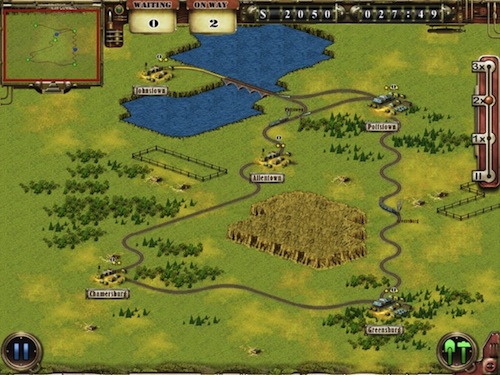

He and the Captain wager on whether or not John Henry can beat the steam drill by pounding a larger hole into the mountain. The most important besides John Henry appears to be the Captain, his boss. There is a core set of characters that show up in the various versions of John Henry songs. The make-up of the story is four-fold: (1)a prophecy as a child that John Henry would die with his hammer in his hand (2)the events leading up to the contest (3)the contest and the death of John Henry (4)his wife’s reaction to his death. In Bruce Springsteen’s album “We Shall Overcome: The Seeger Sessions,” he covers the song in the style of Pete Seeger. The last words I heard that poor boy say, You could hold him in the palm of your hand. John Henry took sick and went to his bed. Lord, Lord.īut he worked so hard, he broke his poor heart. I’m throwin’ thirty pounds from my hips on down. Gonna whop that steel on down, down, down.īut before I let your steam drill beat me down, Gonna bring that steam drill out on the job. Said, “Hammer’s gonna be the death of me, Lord, Lord. He picked up a hammer and a little piece of steel I am posting below a version that Pete Seeger sang as it includes many of the elements common to most versions, while not dragging on too long:

Each version adds new pieces to the puzzle, adds fresh nuances to the story, while also bringing contradictions. 4 But there are numerous versions of John Henry songs including folk ballads, chain gang, construction crew, and bluegrass. The song originated in the late 1800’s, and traditionally the songs were either ballads or hammer songs (work songs used by laborers or prisoners to make their work more efficient and break the monotony). Told not only as a folk tale but also in song, the account has stretched its vines in so many directions that it is hard to tackle the subject. While facts are debatable, the legend is unstoppable. Each year in September the Leeds Folk Festival is held to commemorate John Henry and the contest that supposedly took place in that area. Another possible location is Leeds, Alabama at the Coosa Mountain Tunnel or the Oak Mountain Tunnel of the Columbus & Western Railway. There are no records of a steam hammer being used at Big Bend in West Virginia, so some say it took place 40 miles away at Lewis Tunnel in Virginia. But as the story goes, John Henry stood out as the man that competed with the newly invented steam hammer, a machine that could do the work of these valuable men-a machine that would eventually drive them out of their needed employment.īe aware that there are conflicting accounts as to where this competition took place. It is believed that John Henry worked for the C&O railroad during the Reconstruction Period, and at one point they ran up upon Big Bend Mountain, a rock over a mile wide that had to be conquered by drilling through its heart. It was terribly hard work and many died from exhaustion or silicosis due to the constant exposure to dust.
#Black man driving railroad story drivers#
Steel drivers used their hammers to drive spikes or drills into mountains to create passes for the railroads. He was said to be a freed slave that worked as a steel driver. So who was John Henry really? He was described as a towering 6 foot tall, 200 pound strong black man, born in the mid 1800’s probably in North Carolina or Virginia. The name and steel-driving solitude stay the same.” 1 From verse-to-verse, generation-to-generation, the storyĬhanges to suit the singer. He’s a hero to Woody Guthrie, a warning to Mississippi John Hurt, an inspiration to the chain gang. Geoff Edgers said in his Analysis of John Henry Music, “John Henry, as ultimate working-class hero, has been embraced by disparate groups: black prisoners, white mountain musicians, college folk revivalists, elderly blues singers…The connector is this valiant battle, man against machine, man against boss, man against the power structure that keeps his people (African-Americans? Laborers?) in chains. Whether he was a true historical figure or a fictitious hero carved into the minds of common Americans by oral tradition, his story has given inspiration to generations. One of the most colorful characters in American folklore is the legendary John Henry.


 0 kommentar(er)
0 kommentar(er)
